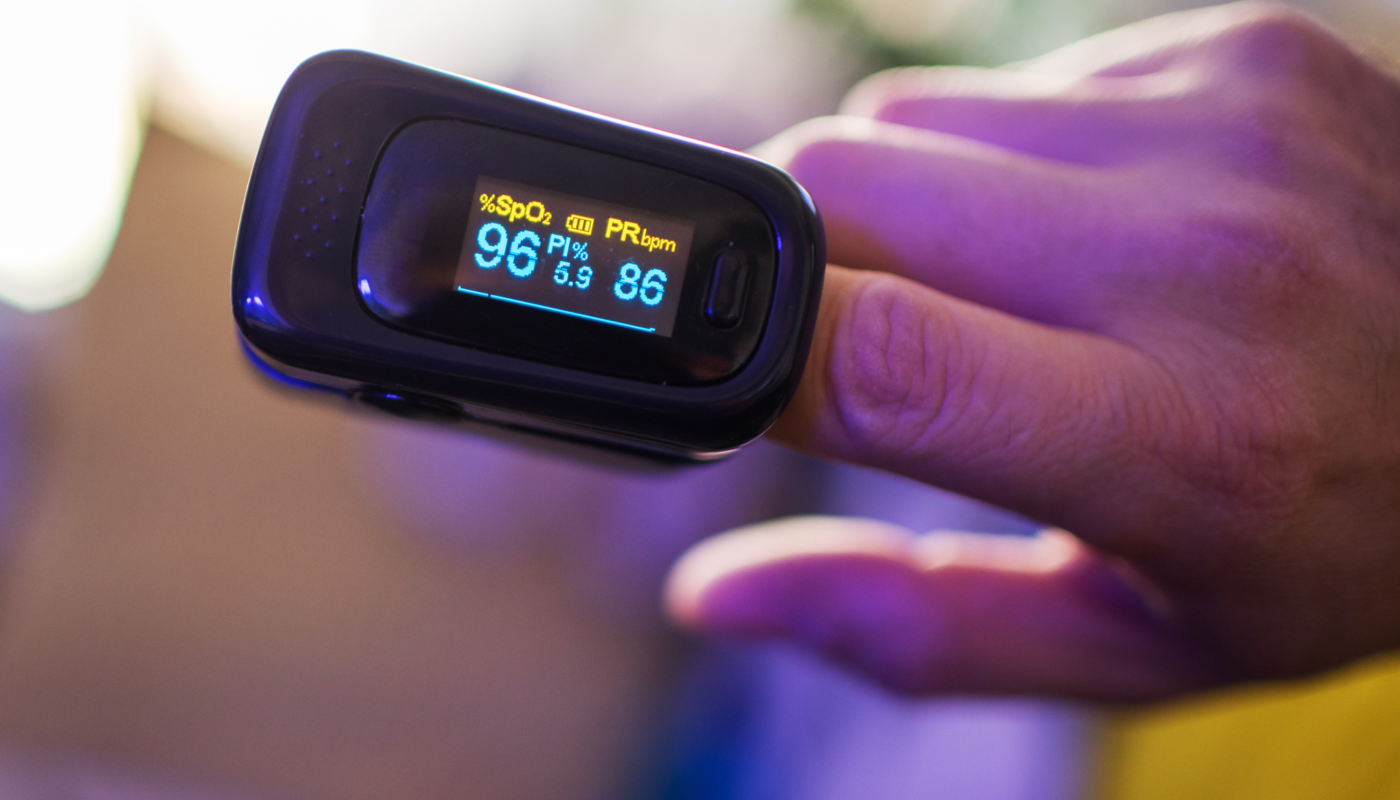Pulse oximeters are medical devices that measure the level of oxygen saturation in a patient’s blood. They are primarily used to monitor patients for hypoxaemia, aid in evaluating oxygen therapy, guide resuscitation, and to assess a patient’s response to respiratory diseases such as COVID-19. Pulse oximeters use light-emitting diodes (LEDs) and a light detector to indirectly and non-invasively measure oxygen saturation levels in arterial blood. Some key uses include monitoring pre/post-surgery, helping diagnose heart and lung conditions, and assessing respiratory distress.
The global pulse oximeter market is estimated to be valued at US$ 4243.13 Mn in 2024 and is expected to exhibit a CAGR of 5.1% over the forecast period 2024 to 2031, as highlighted in a new report published by Coherent Market Insights.
Market Dynamics
Growing geriatric population is expected to flourish the pulse oximeter market. According to the United Nations Department of Economic and Social Affairs Population Division, the number of people aged 65 years or over is projected to grow from 703 million in 2019 to 1.5 billion in 2050. As the proportion of elderly people rises globally, the burden of age-related diseases also increases, thus driving the demand for pulse oximeters to monitor health of aged population. Further, rising prevalence of respiratory diseases is also fueling market growth. For instance, as per the World Health Organization, approximately 250 million cases of chronic obstructive pulmonary disease (COPD) occur annually across the world. The adoption of pulse oximeters has increased significantly in diagnosing and monitoring respiratory diseases like COPD and pneumonia, especially amid the COVID-19 pandemic. Moreover, technological advancements in pulse oximeter design with features like accurate readings, data storage and wireless connectivity are making them more handy and feasible for home monitoring as well, thus propelling the market.
Lastly, growing healthcare expenditure is leading to wider access to advanced medical technologies. For instance, total healthcare spending in India is expected to increase from USD 200 billion in 2020 to USD 372 billion by 2025, according to India Brand Equity Foundation. Higher investments in healthcare infrastructure would facilitate greater acceptance and affordability of pulse oximeters. The aforementioned factors are thus anticipated to propel the global pulse oximeter market growth over the forecast period.
Segment Analysis
The global pulse oximeter market is segmented on the basis of sites, type, end-user, and geography. Based on sites, the pulse oximeter market is segmented into fingertip pulse oximeters, handheld pulse oximeters, wrist-worn pulse oximeters, and other sites. Among these, finger pulse oximeters dominate the market and accounts for the largest market share. This is because fingertip pulse oximeters provide quick and accurate readings and are easy to use.
PEST Analysis
Political: The government support for funding healthcare projects drives the growth of pulse oximeter market. Various government initiatives aim to increase access to pulse oximeters especially in developing countries.
Economic: Rising disposable incomes and growing healthcare spending fuel the demand for pulse oximeters. Increasing incidence of chronic diseases such as covid-19 also boost the market growth.
Social: Growing geriatric population and awareness about benefits of pulse oximeters among patients and healthcare providers drive the adoption. Pulse oximeters help in remote patient monitoring and early detection of health issues.
Technological: Advancements in pulse oximeter technology such as integration of sensors, wireless connectivity and smartphone applications enhance functionality and ease of use. Portable and wearable devices gain popularity.
Key Takeaways
The Global Pulse Oximeter Market Size was valued at US$ 4243.13 Mn in 2024 and is projected to reach US$ 6342.89 Mn by 2031, expanding at a CAGR of 5.1% during the forecast period.
North America represented the largest regional market led by the U.S. due to high accessibility to advanced healthcare facilities and growing prevalence of chronic diseases like COVID.
Key players operating in the pulse oximeter market are Turner Construction Company, Jacobs Engineering Group Inc., HOK Group, Inc., Skanska AB, AECOM, Balfour Beatty plc, Gensler, Lendlease Group, ISG plc, DPR Construction, PCL Construction Enterprises, Inc., Structure Tone, Clark Construction Group, LLC, HBA, JLL (Jones Lang LaSalle).



